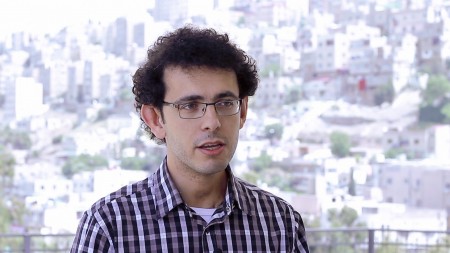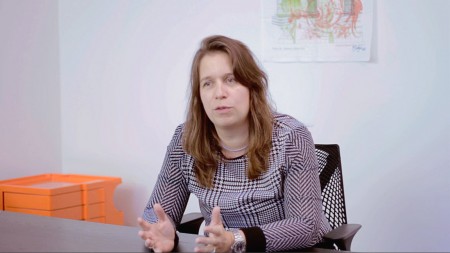Chapter 3: Double-shift
“Education is not a luxury; it is a lifeline. It is not a privilege; it is a priority.
And it is our best chance at peace, especially in times of conflicts and crises.
That’s why education cannot wait, why it shouldn’t wait.”
Rania Al Abdullah // Her Majesty the Queen of Jordan
Queen Rania is dedicated to improving education. She strives for every girl and boy to have access not only to stimulating classrooms and modern curricula, but also inspiring teachers and technology. With the influx of so many refugees this has become a challenging target, as Jordan’s infrastructure is pushed to its limit. Nevertheless Jordan is fighting for all children to get access to education. Double-Shift schooling is one approach to improve the situation.
Jordan’s Government introduced the double-shift system in 1960 as a response to overcrowding in schools, which was caused by increasing industrialisation and the influx of refugee children from neighbouring countries, especially Palestine. Since the Syrian conflict, double shift schools have expanded all over the country, providing formal education to a larger number of students. For now there are around 340 double-shift schools in Jordan, and their number is set to increase. A large number of these are Jordanian–Jordanian shift schools. But more and more Jordanian–Syrian shift schools are established, as it is a good solution for integrating the Syrian refugee children into the public school system right now.
“The classrooms are working to capacity. That’s why the double-shift system was introduced.”
Mohammed Al Hijawi // Madrasati
The classic design of a double-shift school is to teach pupils in two separate groups during one day. At the moment, this means that Syrians and Jordanians are taught separately in different periods. In some schools, there are mixed classes, but it’s a rarity. In this setup, the main challenge is the integration of Syrian children into the school and local environment. On top of these structural issues, more basic challenges include the lack of resources like water, school furniture, and teaching materials. Operating in two shifts also impacts on the quality of schooling – not just for Syrian students, but for Jordanian children as well. Lessons are reduced to 40 min instead of 45 min. More teachers are needed, and this demand can only be met at the cost of hiring less experienced educators. Despite these issues, the double-shift system is proving to be the most effective system in offering formal education to a larger number of students.
“Double-shift is a very good emergency measure to get all children into school right now. Going forward, schools need to look into new school constructions.”
Heike Harmgart // Head of The European Bank for Reconstruction and Development (EBRD) Jordan
Benefits through education
The system has helped to provide more vulnerable and refugee children with education. Moreover, it contributes to social equity by allowing Jordan’s Government to increase access to education at a moderate cost. Nevertheless the long-term target is to educate all students under the same conditions. Besides the fact that every child has the right to access education, Jordan’s economy and society benefits from the number of new children attending school – in the long term these children will be active in the Jordanian economy. In the words of Mohammed Al Hijawi “the students are the future of the country.”
“Jordan doesn’t have any natural resources, Jordan only has its people. So investing in the education is really the critical thing for the future.”
Heike Harmgart // Head of EBRD Jordan
Find out detailed information about the calculation.
The double-shift system helps to enrol more students and with that makes its contribution to Jordan’s economy. Moreover it helps to achieve the aim of education for all, even though it’s a temporary solution for sure.

